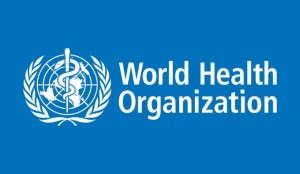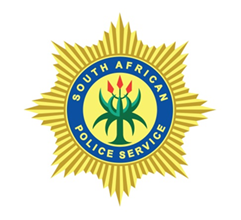Pretoria – The South African Police Service (SAPS) today released the crime statistics for the 2013/14 financial year, which show a range of increases and decreases in certain crime categories.
For the year under review, there was an increase in murder, attempted murder and robbery with aggravating circumstances.
Overall, murder decreased by 9.2% over the past 10 years (2004/05 to 2013/14), but showed an increase of 5% in the 2013/14 financial year.
This means 17 068 people were murdered in SA last year.
Murder went up in all provinces, except in the Free State. Gauteng recorded an increase of 11.2%.
“We are very concerned about this trend,” said National Police Commissioner Riyah Phiyega on Friday.
She once again called on society to work very closely with police to reduce the scourge.
Attempted murder also went up by 4.6%, assault with intent to cause grievous bodily harm increased by 1.5% and robbery with aggravated circumstances was up by 12.7%.
Overall, attempted murder had decreased by 30.2% over the past 10 years.
Common assault was reported to be down by 3.3% and sexual offences decreased by 5.6%, with rape and sexual assault dropping by 6.3%.
The Eastern Cape recorded the highest number of rapes.
“These are crimes where police arrive after the fact and which happen
behind closed doors,” Phiyega said, adding that police will continue to
increase their visibility in communities.
House robberies increase
Trio crimes, which are crimes relating to personal safety and business, such as house robbery, business robbery and carjacking – remained stubborn, as they increased by 10.8%.
Carjackings increased by 12.3%, truck hijackings recorded a 12.1% increase, robbery recorded a 13.7% increase, and robbery in residential areas increased by 7.4%.
Property related crimes increased by 1.7% in the past five years (2009-2013) but reduced by 0.2% during the past financial year.
Bank robberies saw a decrease of 77.4% over a five-year period, but increased from seven incidents in 2012/13 to 21 in 2013/14.
SAPS hoped that the integrated partnerships with businesses and the banking sector will go a long way to address these crimes.
The robbery of cash-in-transit vehicles stabilised at 145 incidents in the reporting period. On the other hand, common robbery went up by 0.6%.
Other serious crime reduced by 1.4% during the reporting period.
Drug-related crimes increased by 26.1% in the past financial year, while driving under the influence of alcohol and drugs decreased by 1.8% in the past year; and by 133.1% over the past 10 years.
Police Minister Nathi Nhleko lamented the levels of violent crime.
“If you look at the five or 10-year trends, combined with the year under review, contact crime is a permanent feature,” he said.
He said when levels of poverty and unemployment are so high, crime statistics are bound to rise.
He also attributed this to the high social unrest as well as drug abuse in communities.
“The prevalence of drug and alcohol abuse in SA is very concerning. In most areas of our communities, we find more taverns than schools and churches combined,” he said, adding that a broader solution needs to be found.
“There is a need to regenerate the morality in our society, which will help us in the fight against crime.”
This “domino effect” was also highlighted by Phiyega, who said society can and must play a pivotal role in fighting crime.
A societal responsibility
Currently, South Africa has one police officer for every 346 South Africans.
“All of us need to make a contribution in reducing crime and fighting corruption in our communities,” Minister Nhleko reiterated in his opening statement.
He said in line with the National Development Plan (NDP), the focus will be on strengthening the criminal justice system, professionalising the police as well as building safety.
The statistics for this reporting period, according to Minister Nhleko, are based on raw figures.
These figures are also audited by the Auditor General, working in conjunction with Stats SA.
This, Minister Nhleko said, was done to address concerns about the reliability of the statistics, which were raised last year.
Last year, the Institute for Security Studies said the crime statistics police released contained miscalculations and downplayed the rate of violent crimes.
Police have defended their calculations, saying they based them on new population estimates from the 2011 Census results.









